When historians look back on the evolution of the Japanese language, they’ll look to January 26th, 2017 as the day kanji died. Because on that day in history, Google launched Word Lens in Japanese, and schoolchildren throughout Japan slammed shut their textbooks, tossed aside their calligraphy pens, and reached for their smartphones to conquer the notoriously difficult writing system once and for all.
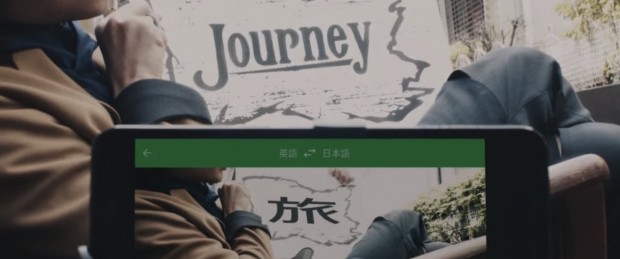
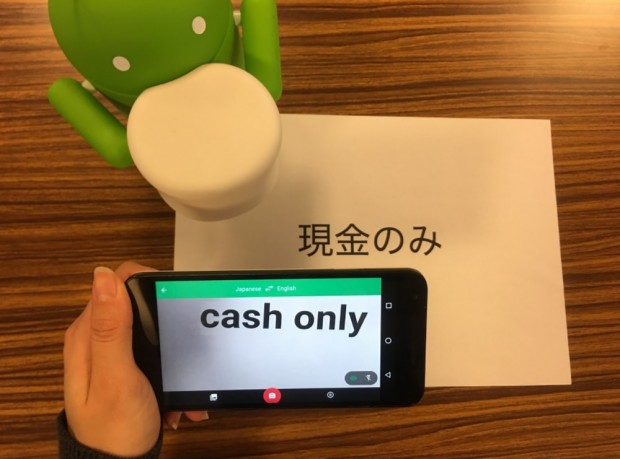
Perhaps that’s a bit extreme, but Google’s new Google Translate add-on is no less revolutionary. Here’s how Word Lens works. Simply open the Google Translate app, hover your phone’s camera over Japanese text, and the app instantly translates the text into English on your screen. What’s more, you don’t need an internet connection for it to work.
The potential applications for Word Lens are endless. Language-learners, for example, can now check their kanji recognition skills real-time, and travelers will be able to navigate the streets of Tokyo with increased ease, which is an especially timely development with the 2020 Olympics on the horizon. Combined with revamped road signs and, yes, standardized bidet controls, this will certainly make Japan one of the most tourist-friendly non-English speaking countries in the world. The only downside is that, unlike the soon-to-be-released portable translator ili, Word Lens isn’t capable of translating spoken word (or sleazy pick-up lines). For now, anyway.
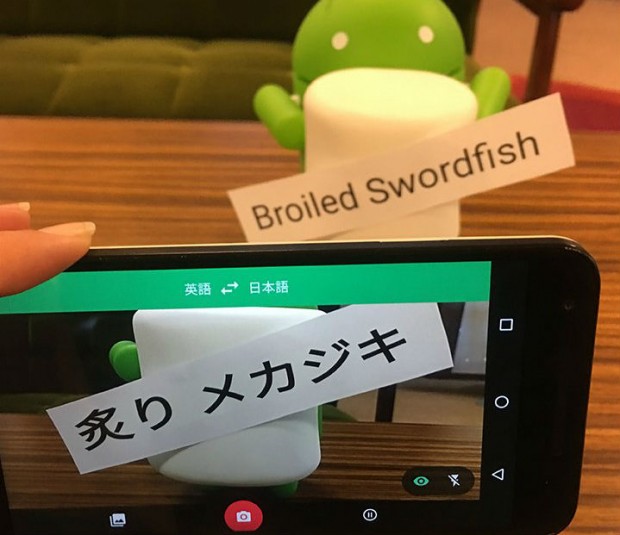
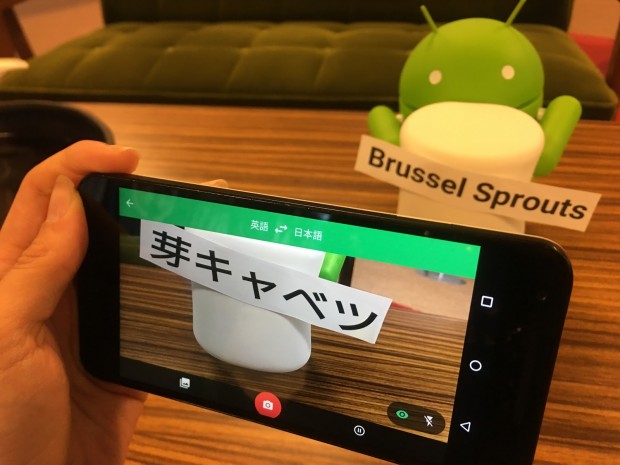
The speed at which translation technologies are evolving begs an important question: Will learning foreign languages one day become obsolete? Time will tell, but for now Google Word Lens is a handy tool in the toolbelt for language-learners and travelers alike.

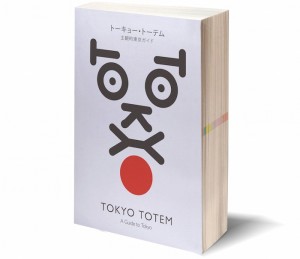





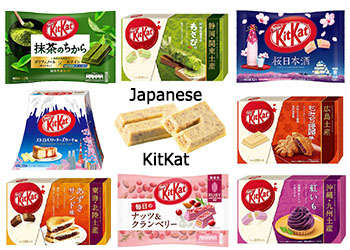


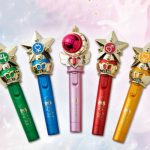

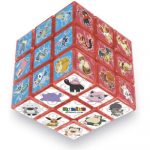












2 Comments
Positive developments, but my initial play with the new features were less than impressive, unfortunately. So, as a learning aid? …no. Not at this condition, but perhaps later with improved accuracy. I doesn’t need to be perfect, but it should at least exceed 50%, which it is not doing in my small tests.
Very welcomed feature! I look forward to it improving over time, although it will no doubt be fantastically useful for japanese visitors as-is already.
LoL, I’ll admit you bait d me well with the title. It was a joke right? If google glass translations are as good as the one full ol then my ass it about to fall of because I’m officially laughing my ass off. People Japanese isn’t that hard…okay it can be a little tedious at times, but the basics can be learned in a few short months. If you’re at least N4 by today’s current standard you’ll get along great. If you’re going to be lazy and still want to visit Japan I’d wait 5-10 more years. Technology hasn’t caught up to expressing Japanese clearly or correctly even 50% of the time. Try at your own risk.